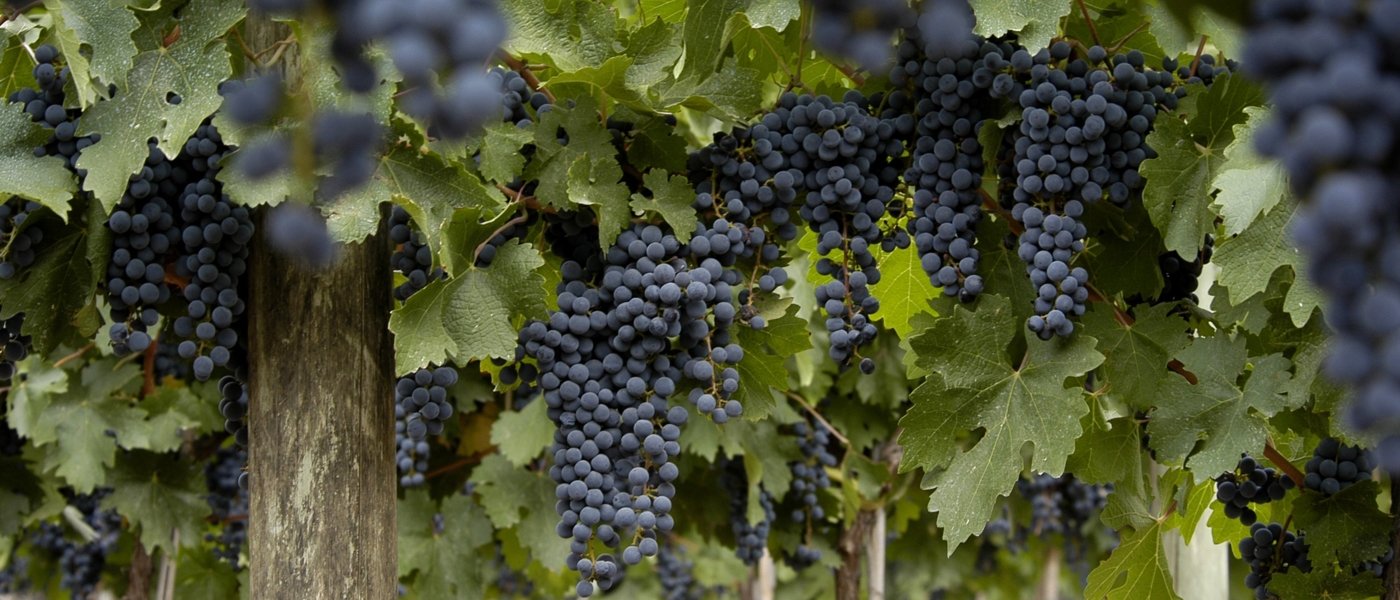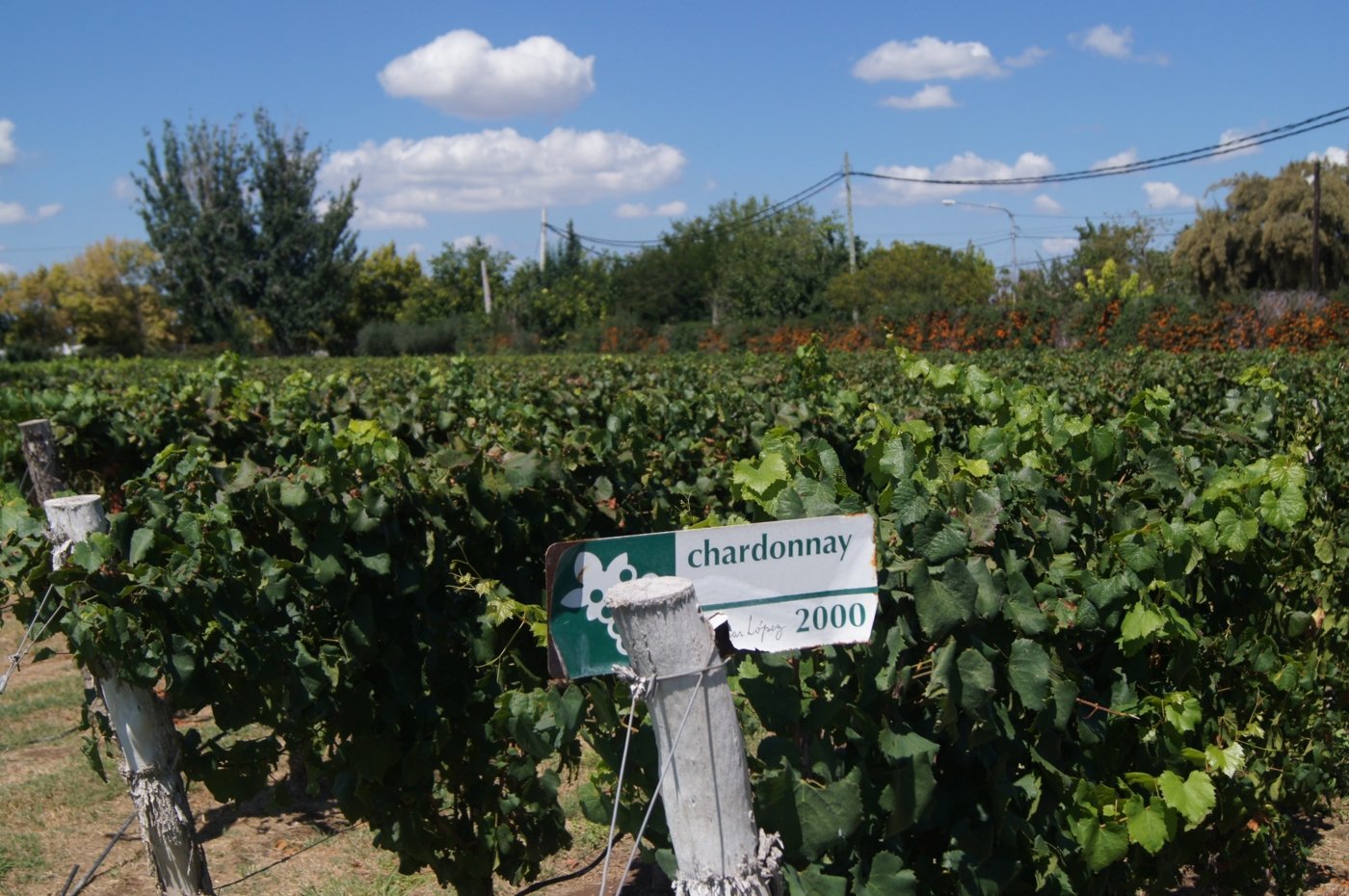Most Argentina vineyards are settled in the foothills of the Andes mountains, where the rocky estates are scattered across desert landscapes at high altitudes irrigated by meltwater from the snowy peaks – producing distinctly aromatic and intensely flavoured red wines. The most renowned of these red wines is undoubtedly Malbec, which was originally brought over from France but has flourished in this particular environment to become Argentina’s most renowned export.
Argentina’s signature grape is planted throughout the country from Salta in the north to Patagonia in the south, although the one region that’s instantly synonymous with Malbec is Mendoza – where almost three quarters of the country’s wine is produced from Argentina vineyards that can reach heights of 1,500 metres above sea level.
In France, Malbec was predominantly used as a contribution towards Bordeaux style blends, but was largely ignored as a pure varietal due to its susceptibility to disease and rot. In a way, Malbec was rescued by vineyards in Argentina where it thrived in the heat ad high altitude to produce premium wines that are appreciated around the world.
What’s made Malbec so popular is how easy it is to drink, while also being an ideal partner for numerous food pairings. Sometimes referred to as the ‘working man’s Merlot’, since it carries many of the same characteristics but without the refinement of its more illustrious cousin, here at seven interesting facts about Malbec:
1) Malbec may not have survived today after a plague of terrible Phylloxera aphids almost singled-handedly destroyed all the vines in Europe. Fortunately, cuttings of Malbec escaped and travelled to South America where they found a welcoming home in Argentina vineyards.
2) The high elevation of vineyards in Argentina, and particularly Mendoza, are the reason behind Malbec’s unique flavour and longevity. High altitudes and variations between day and night temperatures produce grapes with greater acidity, which taste more distinctive and last longer.
3) When it comes to food pairings, Malbec tends to favour accompanying lean red meats or dark meat poultry – while it is also known to bring out the ‘umami’ flavours found in foods such as mushrooms, cured meats and aged cheeses.
4) Before becoming a mainstay in the vineyards in Argentina, Malbec was considered a poor class grape in France where it was originally called ‘cot’. It was only renamed after Sieur Malbec successfully brought it from the left to the right bank in Bordeaux.
5) Malbec also comes in rose and sparkling wine forms. Its popularity led to experimentation and these juicy, sometimes sweet, roses and effervescent wines with bold fruit flavours are being exported around the world.
6) While typical wine trends are influenced by wine professionals and critics, Malbec rose to fame by way of the common man. The grape’s easy drinking profile and outstanding value for money compared to Merlot and Cabernet Sauvignon propelled it to popularity – and crops have risen by an astonishing 700% in two decades.
7) Making Malbec takes time and effort – after the grapes are harvested, they are crushed with the juices stored for between nine and 15 days to allow the sugars to turn to alcohol. Then, it is typically placed in oak barrels where it is aged for between six and nine months to add character, texture and complexity.
If you're interested in one of our Mendoza Wine Tours, please visit this link.








